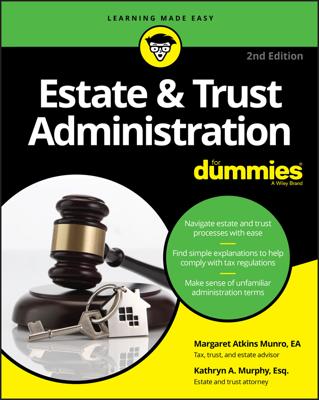Often, trusts are created during the grantor’s lifetime, but they aren’t funded until after the grantor dies. If you’re a trustee of such a trust, there are certain steps to take to transfer assets into the trust:
Assist the executor of the estate in making an orderly transfer of assets into the trust. Usually, when trusts are funded only after death, the majority of assets flow through the decedent’s estate. Probate assets must go through the probate process, all debts of the decedent and the estate must be paid (including all estate taxes), and all legacies and bequests must be honored prior to making distribution from the estate into the trust.
Identify any assets that became payable to the trust directly upon the grantor’s death, such as insurance policies owned by the grantor with the trust named as beneficiary.
Be careful when funding a trust: Not all available property is eligible. You may not fund a trust with the decedent’s 401(k) plan, for example. Very often, the estate is clearly more than large enough to fund the trust even after all other obligations are met.
In that case, you (together with the estate’s executor) may decide to partially fund the trust earlier than you have to so that trust beneficiaries who may be relying on trust income for their living expenses may begin receiving distributions. Early funding of the trust must be done with the absolute understanding between the trustee and the executor, in writing, that the trust will honor any financial obligations the estate can’t meet.

